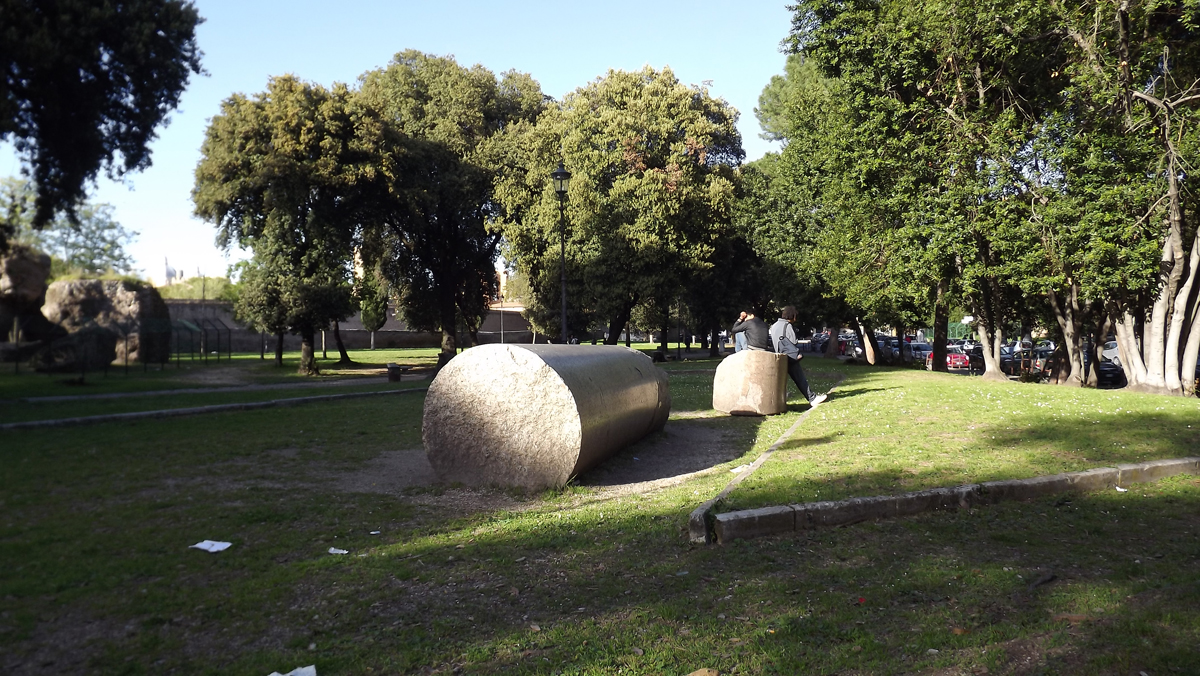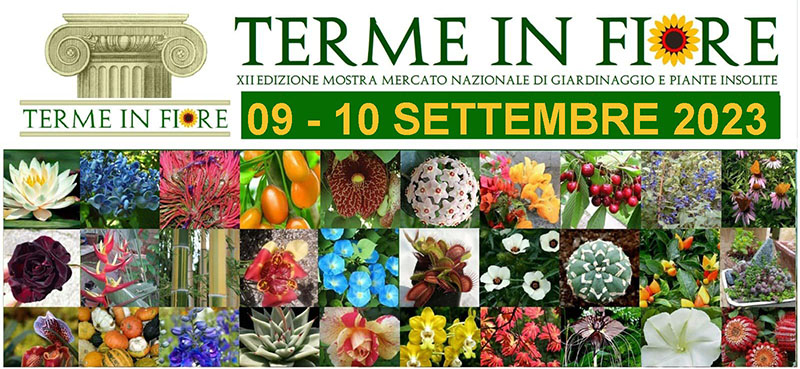The Colle Oppio Park covers the area of the hill, one of the seven of the primitive Septimontium of Rome, and alternates large areas of green monumental remains of great importance and interest, as the pavilion of the Domus Aurea, the Baths of Tito and those of Trajan.
In 1871, as part of the programming planning necessitated by the new requirements of capital Rome, the area was used as a public garden. But it was only in the context of urban programs of Mussolini’s Rome, characterized by the exaltation of the imperial past and the strong interest in public parks, which took on the slopes of the Colle Oppio, in two different phases, their present structure.
The Opium Hill was the site of intense urbanization and magnificent architectural achievements in Roman times.
During the Middle Ages was gradually abandoned and largely occupied by gardens and orchards.
In 1871, as part of the programming planning necessitated by the new requirements of capital Rome, the area was used as a public garden and was later included in the grand design of the protection and enhancement of the “monumental area reserved”. But it was only in the context of urban programs of Mussolini’s Rome, characterized by the exaltation of the imperial past and the strong interest in public parks, which took on the slopes of the Colle Oppio, in two different phases, their present structure.
The first core of the park, including the area at the substructures of the great southern exedra of the Baths of Trajan, the escarpment overlooking Via Labicana and the side facing away Maecenas, was in fact made, between 1928 and 1932, the architect Raffaele de Vico . The garden is centered on the crossing of two main roads (Mizzi Avenue and Avenue of the Domus Aurea) with monumental entrances and enriched by a series of fountains made using the natural slope of the places. Among these, we should remember the fountain of amphorae, the great nymphaeum decorated with tuff made by A. Giorgiutti and the two twin fountains overlooking Via Labicana. Along the Avenue of the Domus Aurea is the bronze statue of Alfredo Oriani, performed by Ercole Drei in 1935. The vegetation presents a pleasant blend of Mediterranean plants (pines, oaks, cypresses, oleander), exotic species typical of landscape garden (palms ) and species typical of old gardens (roses, myrtle, laurel).
The arrangement of the upper sector of the hill, a real archaeological park including imposing ruins of the Baths of Trajan, she was cured (1935-1936) by Antonio Muñoz, Director of Antiquities and Fine Arts of the Governorship of Rome. In the design area, Muñoz tense anyway to prioritize the needs of urban planning and the search for prospects at the expense of the spectacular vision of the ancient monument, whose unity is therefore, at present, hardly noticeable.



















